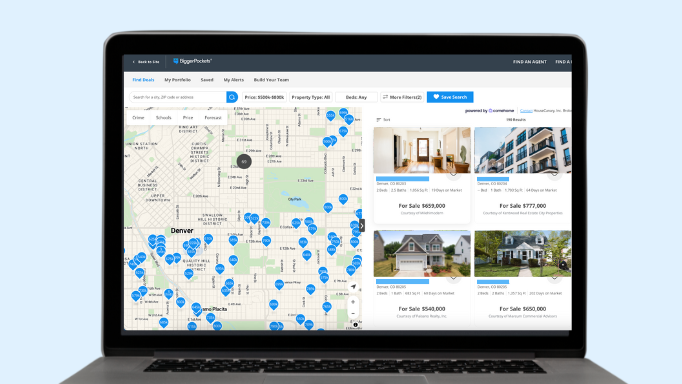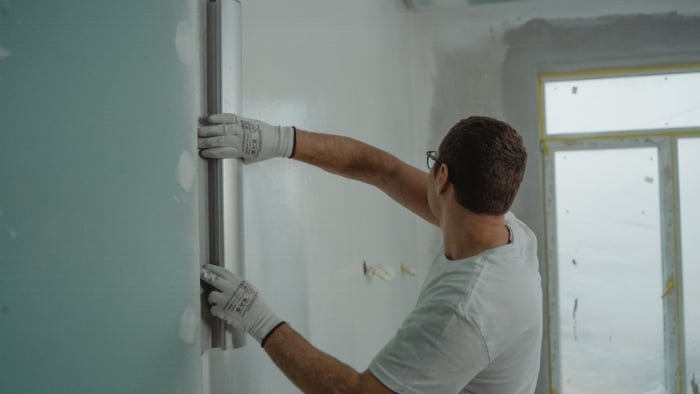The challenging aspect of any renovation is determining what to renovate and selecting appropriate finishes.
There’s no one-size-fits-all rule for renovations and finishes guaranteeing the highest ROI. It largely depends on the current competition in the property’s location. However, you can follow a specific process to guide your decisions.
Let’s begin with the end goal and work our way back. In house flipping, the ultimate objective is to generate a significant profit. This diagram illustrates how to achieve this:

Success hinges on acquiring the property at the right price and understanding your costs and holding period. Overpaying can doom your project from the start.
Here’s a simplified formula to determine the offer price:
- Offer price = Conservative sale price – monthly carrying costs x total months held – cost of sales – renovation cost – profit
The maximum offer price can only be calculated if you know the renovation costs and anticipated hold period. So, you must know all your costs, the hold period, and the probable sale price to determine the maximum offer price.
What to Renovate
Flipping isn’t about redecorating to suit your taste. Instead, focus on making the property comparable to those recently sold at market value within a reasonable time frame. Only make necessary improvements to achieve this goal.
I refer to the condition of these properties as “market-ready.” For instance, if recent comparable sales featured laminate kitchen counters, installing granite in your flip would be an unnecessary expense. Conversely, if recent sales have granite counters while yours has laminate, upgrading to granite is likely essential. Remember, everything hinges on competition, not personal preference.
Begin by analyzing properties that have sold recently within a reasonable time frame for your market. Study how these properties were decorated and furnished. Then, compare the current state of your potential flip with the condition of these competing properties.

After compiling a list of renovation items, obtain quotes for all the work and estimate the time needed for completion. This information—the cost and duration to make the property market-ready—will help you determine an appropriate offer for the property.
Prioritize the Renovation Items
You will learn which items are more important than others based on your research. For example, enhancing curb appeal, having attractive-looking flooring, and fresh paint should be high on the list, while buying an expensive designer bathroom sink is likely low on the list.
Is it wise to significantly upgrade your property beyond comparable homes in hopes of selling at a much higher price? This approach is risky because buyers with larger budgets typically seek properties in more upscale neighborhoods.
For instance, if comparable homes in your area sell for around $400,000, buyers with a $500,000 budget will likely look in $500,000 neighborhoods instead. Conversely, those shopping in the $400,000 range often can’t afford a $500,000 home. This mismatch can lead to a prolonged selling period or a lower-than-expected sale price, which reduces your ROI.
Final Thoughts
There is no standard set of upgrades that will give you the best ROI. Everything depends on the current competition in the local market. The people who make money flipping researched recent similar sales and renovated only the things necessary to sell the property at market value in a reasonable period of time. If you spend more (or less), you could turn the flip into a financial loss.
Find the Hottest Deals of 2024!
Uncover prime deals in today’s market with the brand new Deal Finder created just for investors like you! Snag great deals FAST with custom buy boxes, comprehensive property insights, and property projections.

Note By BiggerPockets: These are opinions written by the author and do not necessarily represent the opinions of BiggerPockets.



